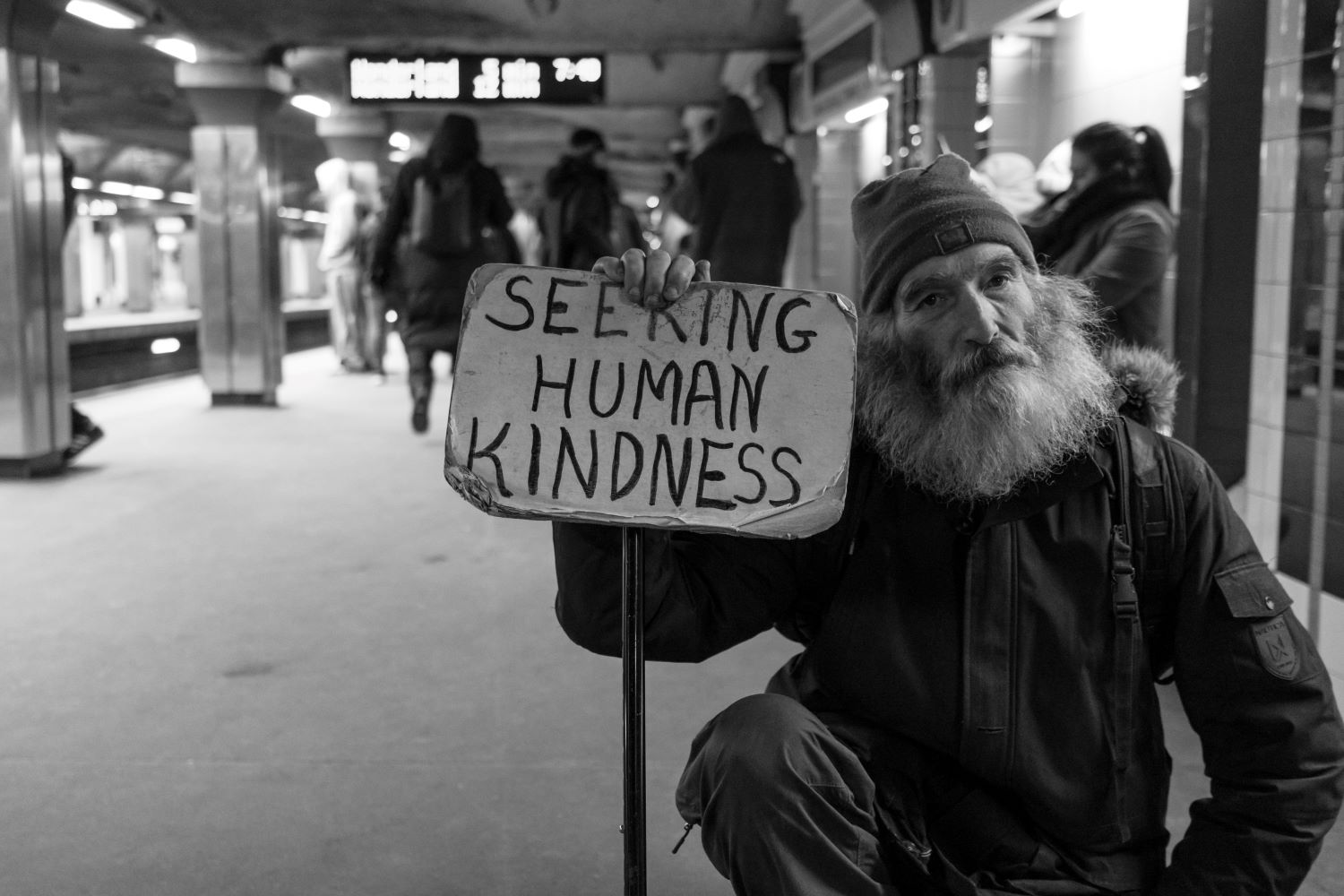2 And behold, a leper came to him and knelt before him, saying, “Lord, if you will, you can make me clean.” 3 And Jesus stretched out his hand and touched him, saying, “I will; be clean.” And immediately his leprosy was cleansed. 4 And Jesus said to him, “See that you say nothing to anyone, but go, show yourself to the priest and offer the gift that Moses commanded, for a proof to them.”
Matthew 8:2-4 (ESV)
In 1890 Robert Louis Stevenson visited Molokai, Hawaii, home to a leper colony. Though sick with tuberculosis, he found enough strength to play with the kids and to observe the nuns who cared for them. When Stevenson left, he gave them the following poem. Evidently, he was moved both by the lepers’ perseverance and the caretakers’ compassion:
To see the infinite pity of this place,
The mangled limb, the devastated face,
The innocent sufferers smiling at the rod,
A fool were tempted to deny his God.He sees, and shrinks; but if he look again,
Lo, beauty springing from the breast of pain!
He marks the sisters on the painful shores,
And even a fool is silent and adores.[1]
Today, leprosy usually refers to Hansen’s Disease, the ailment described by Stevenson. The leprosy referred to in Scripture is actually a broader term for a number of disfiguring skin diseases. Most importantly, according to the Mosaic Law, it contaminated the victim and barred him from community life: “He shall remain unclean as long as he has the disease. He is unclean. He shall live alone. His dwelling shall be outside the camp” (Lev. 13:46).
Burdened by physical and emotional strain, the leper became a walking parable of unholiness, a picture for the entire community of separation between God and man. However, this particular leper had heard of Jesus. Word spread that crowds had “brought him all the sick, those afflicted with various diseases” (Matt. 4:24) and surely filled the leper with hope. Confronting Jesus, humbled by his need, still cautious, the leper asked, “Lord, if you will, you can make me clean.” Clearly, the leper did not doubt Jesus could heal, but would He? Jesus would, and did. The Law told the leper to remain outside the camp, untouched, but Jesus touched the leper and made him clean. Jesus reversed the fortunes of an outcast. Indeed, Christians follow a compassionate Savior.
Until Christ returns to end the suffering of His people, to fully and finally set all wrongs right, it is incumbent upon believers to emulate their Master and exercise compassion themselves. The modern Western Church knows what it means to be comfortable, but it knows little of the shocking compassion exercised by Christians of the past who reached out toward those whom society refused to touch. In the second century it meant adopting babies who might otherwise have been left outside to die. In the eighteenth century it meant taking a prophetic stance against the slave trade. In the nineteenth century, Christians took the lead in caring for those who were then called the deaf and dumb.
What about today? Who are society’s imperiled ones in the twenty-first century? Perhaps it is the older child in need of adoption; the elderly, abandoned in a nursing home, in need of companionship; the neighbor, suffering from HIV, in need of a touch; the out-of-work alcoholic in need of counsel; the wheelchair-bound teenager, in need of encouragement. Whoever it is, if Christianity means anything, by God’s grace, surely believers ought to resemble their Savior, whose compassion was deep, rich, and, ultimately, costly.
[1] Cited in John Farrow, Damien the Leper (New York: Sheed & Ward, 1937), 206.
